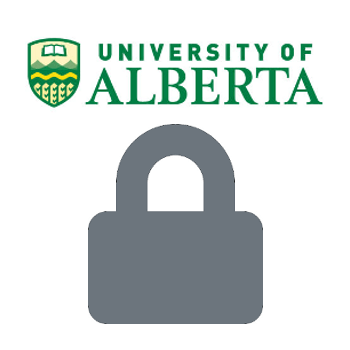This decommissioned ERA site remains active temporarily to support our final migration steps to https://ualberta.scholaris.ca, ERA's new home. All new collections and items, including Spring 2025 theses, are at that site. For assistance, please contact erahelp@ualberta.ca.
Search
Skip to Search Results- 18Canadian Circumpolar Institute
- 14Canadian Circumpolar Institute/Circumpolar Digital Image Collection
- 3Canadian Circumpolar Institute/Circumpolar Collection
- 1Canadian Circumpolar Institute/50th Anniversary Celebration
- 1University of Alberta Library
- 1University of Alberta Library/Libraries Staff Publications
- 14Campbell, Sandy
- 2Beaudreau, Diane, biologist, artist
- 1AALCO (Anglo American Leather Company) (Decorator)
- 1Aboriginal Affairs and Northern Development
- 1Anna Wilson
- 1Anna Wilson MEd
- 4Photographs
- 4Traditional food - Northern Canada
- 3Canada, Northwest Territories, Yellowknife
- 3Country food - Northern Canada - photographs
- 3Wild Berries - Northern Canada
- 2Country food - Northern Canada
-

2015-05-10
The Indigenous Roots within Canadian Soil This poster answers the question \"How can educators motivate students to learn Aboriginal languages?\" The answer is to return to the original Aboriginal names of Canada's provinces and territories before European contact enabling Aboriginal students to
reclaim their ancestors' rightful place in Canadian history. This answer is supported by the following concepts: 1. We must learn the Indigenous names of the land to learn how to be better stewards of the land. “In Cree Canada means the land that is clean” (Cardinal, 1951, p.3). Skutnabb-Kangas (2001
) argues that the preservation of global linguistic diversity is essential to ecological biodiversity (p. 208). 2. Indigenous languages must be de-stigmatized to inspire Aboriginal students to learn them. 3. Learning the Aboriginal names of the Canadian provinces and territories prior to European
-
The United Nations Declaration of the Rights of Indigenous Peoples (UNDRIP) & Food Security in Nunavut
The United Nations Declaration of the Rights of Indigenous Peoples (UNDRIP) & Food Security in Nunavut
Download2017-08-29
The United Nations Declaration of the Rights of Indigenous Peoples and Food Security The Minister of Indigenous Affairs is concerned that Canada’s adoption the United Nations Declaration of the Rights of Indigenous Peoples (UNDRIP) is “without qualification, as Canada’s obligations to fulfil
UNDRIP include free, prior and informed consent” (Fontaine, 2016, para. 2). Many Indigenous communities cannot hunt and harvest for their traditional sources of food owing to the destruction of their eco-systems from corporate resource extraction that is sanctioned by the government. Indigenous Peoples
’ food insecurity is exacerbated by the extremely high food prices in isolated grocery stores. In Marie Battiste’s Nourishing the Learning Spirit (NLS) she discusses the community spirit of Indigenous peoples is nourished through reclaiming their right to control their sources of food traditionally as
-
Finding Canadian polar Indigenous studies in Medline
2012-06-11
Dorgan, Marlene, Campbell, Sandy, Tjosvold, Lisa, Behn-Smith, Daniele
conducting systematic review searches, searchers are required to be as comprehensive as possible, which means that all relevant subject databases must be searched, even if overlap is substantial. As a result, Medline must be searched as part of any systematic review search related to Indigenous health
retrieval of Canadian Indigenous materials
-
.jpg)
2015-07-09
This painting on the corrugated metal exterior wall of the Yellowknife Inn in Yellowknife, NWT shows the flower, foliage and green and ripe berries of the green gooseberry plant. Gooseberries are used as both traditional food and traditional medicine by Indigenous people in Canada's North



